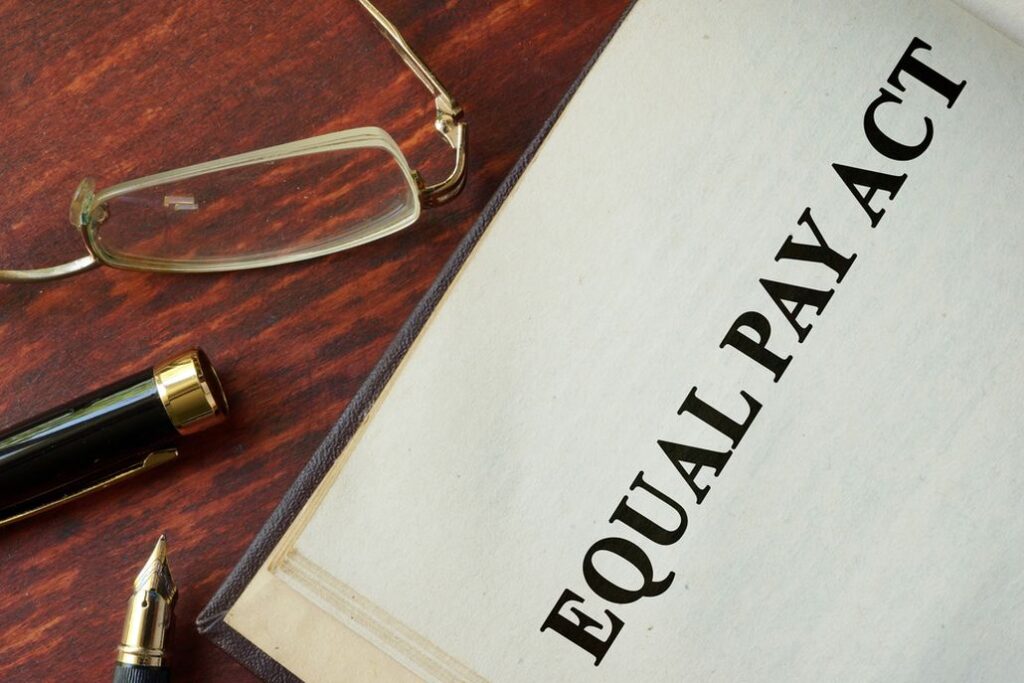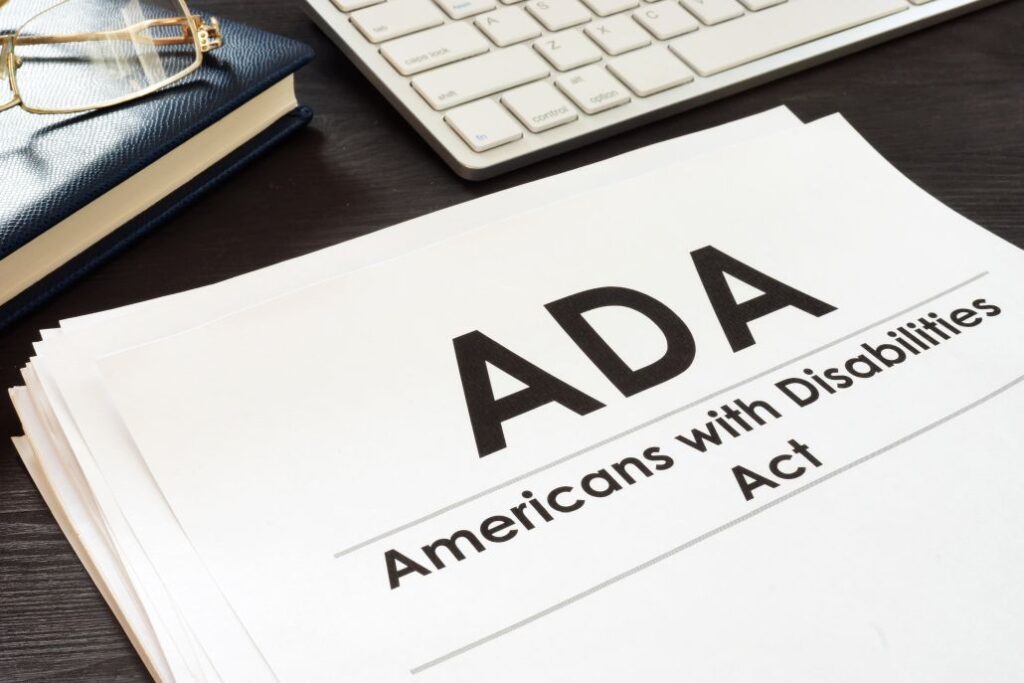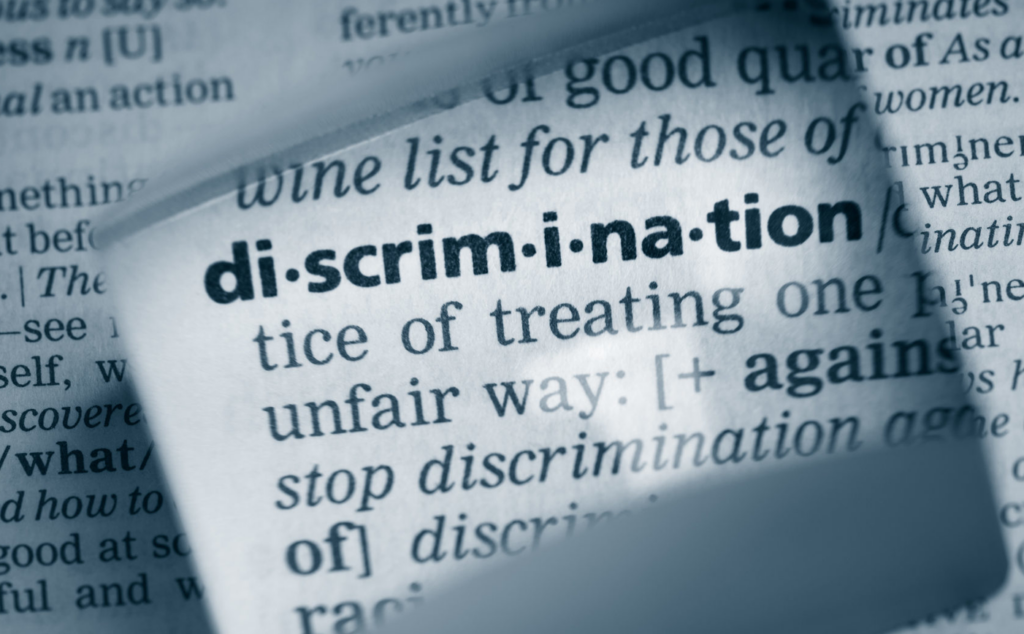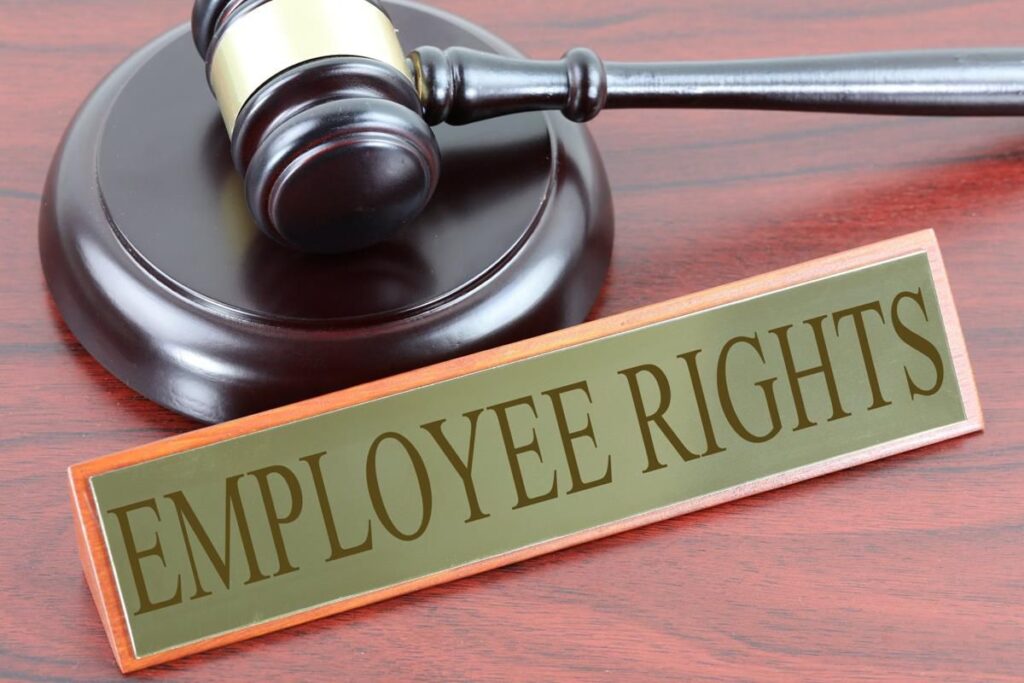Know Your Rights: Legal Protections Against Workplace Discrimination

In today’s diverse and inclusive world, it’s never been more important to ensure equal treatment and opportunities for all individuals in the workplace. Unfortunately, however, discrimination can persist in various forms, creating a hostile work environment and hindering professional growth.
However, it’s essential to remember that there are legal protections in place to safeguard employees from discrimination and promote fairness. In this post, we’ll explore the key legal rights that protect individuals against workplace discrimination, empowering you to navigate these challenges with confidence and take appropriate action when necessary.
Understanding Workplace Discrimination

Workplace discrimination takes place when an employee or prospective job applicant experiences unfair treatment based on certain protected characteristics. These include factors such as race, color, religion, sex, age, national origin, or disability.
It can manifest in various ways, including biased hiring processes, harassment, unequal pay, wrongful termination, denial of promotions, or a hostile work environment. It’s essential to recognize these signs to address and combat discrimination at work effectively.
Title VII of the Civil Rights Act of 1964
Title VII of the Civil Rights Act of 1964 is an important legislation that prohibits employment discrimination based on race, color, religion, sex, or national origin. This law establishes that employers are prohibited from engaging in discriminatory practices against employees in all areas of employment. Title VII applies to employers with at least fifteen employees, including federal, state, and local governments.
The Equal Pay Act

The Equal Pay Act (EPA) was enacted in 1963 to ensure that employees receive equal pay for equal work, regardless of their gender. This law mandates that employers provide equal compensation to employees who perform substantially similar jobs that require similar skill, effort, and responsibility. Employees cannot pay employees differently solely based on their gender.
Age Discrimination in Employment Act
The Age Discrimination in Employment Act (ADA) is designed to safeguard individuals who are forty years of age or older from experiencing employment discrimination due to age. The legislation explicitly forbids discrimination based on age in various aspects of employment including hiring, promotions, compensation, training opportunities, termination, and more. It applies to employers with a workforce of at least twenty.
Americans with Disabilities Act

The Americans with Disabilities Act (ADA) is a comprehensive legislation that prohibits discrimination against individuals with disabilities. Under the ADA, employers are required to provide reasonable accommodations to qualified employees with disabilities to ensure equal opportunities and access to employment. The ADA applies to employers with fifteen or more employees.
Pregnancy Discrimination Act
The Pregnancy Discrimination Act (PDA) was passed to protect women from discrimination based on pregnancy, childbirth, or related medical conditions. This law applies to companies with at least fifteen employees and prohibits employers from treating pregnant employees unfavorably regarding hiring, firing, promotions, or any other terms and conditions of employment.
Taking Action Against Workplace Discrimination

If you believe that you are experiencing workplace discrimination, it’s essential to understand the appropriate steps you can take to protect your rights. Some crucial actions to take are as follows:
- Document incidents: Maintain a record of any discriminatory incidents, including dates, times, locations, and individuals involved. This documentation can serve as crucial evidence if you decide to take legal action.
- Report the discrimination: Most employers will have internal procedures in place to address discrimination complaints. Report the discriminatory behavior to your immediate supervisor or manager, the human resources department, or a designated individual within your organization. Follow the established reporting process and provide them with detailed information regarding the incidents.
- Consult an attorney: If the internal resolution process fails to address the discrimination or if the situation gets worse, it may be necessary to consult an employment attorney – click here to find out more. Ideally, you should find an attorney who specializes in discrimination cases. They can provide guidance on your legal rights and help you understand the available options.
- File a complaint: Depending on the specific type of discrimination you are experiencing, you may have the option to file a complaint with a government agency, such as the Equal Employment Opportunity Commission (EEOC). They will investigate your complaint and may take legal action on your behalf.
- Cooperate with investigators: If an investigation is initiated by either your employer or a government agency, cooperate fully and provide all relevant information and evidence to support your case. This includes sharing your documentation, participating in interviews, and responding to inquiries promptly.
- Seek support: Employee resource groups or labor unions can provide valuable support and guidance during instances of workplace discrimination. They may offer resources, advocacy, and a platform to share experiences with others who have faced similar challenges.
Navigating the Legal Process
When addressing workplace discrimination, navigating the legal process can be daunting. However, understanding the steps involved can empower you to act. Some key considerations to make include:
- Statute of limitations: It’s important to be aware of the statute of limitations, which is the time limit within which a complaint must be filed. This timeframe varies depending on the type of discrimination and the applicable laws.
- Consultation with an attorney: An experienced attorney can evaluate the merits of your case, advise you on your rights, and guide you through the legal process.
- Mediation and settlement: In some instances, parties involved in a discrimination case may opt for mediation to resolve the dispute outside of court. This involves a neutral third party who helps to facilitate a resolution. If successful, a settlement agreement can be reached.
- Litigation and court proceedings: If mediation fails or is not an option, litigation may be pursued. This involved filing a complaint with the appropriate court, followed by the discovery phase, where evidence is gathered and exchanged. The case then proceeds to trial, where a judge or jury makes the final decision.
- Damages and remedies: If successful, you may be entitled to various remedies such as reinstatement, back pay, promotion, compensatory damages, and punitive damages.
Conclusion

Knowing your rights is essential when it comes to combating workplace discrimination. If you find yourself or somebody else facing discrimination at work, taking action contributes to creating more inclusive and fair work environment for all.


